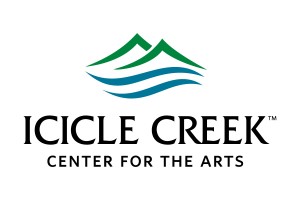Personal Learning Environment
[embeddoc url=”https://blogs.uoregon.edu/abayouk/files/2016/11/PLE-2go9jxf.pdf” download=”all” viewer=”google”]
My personal learning environment is a list. I am constantly organizing what I know into lists, so i figured this was appropriate. My background is in piano performance, so I described my personal learning environment using music symbols.
One of my biggest influences is social media, namely Facebook. Social media is Forte, because it is the loudest source of knowledge in my life. I am constantly scrolling through posts, reading articles, and watching videos on social media.
School is described as a half note, because it takes up half of my life. Whether I’m in class, doing homework, or physically just on campus, waiting for my next activity, I am constantly absorbing knowledge at school.
My faith is very important to me. I attend church every Sunday and usually do a small group bible study during the week. I make an effort to read my Bible everyday (even though I often fall short of that goal). I symbolized my faith as a Grand Staff, because it is the framework upon which everything else stands. Without God, there would be nothing else.
Though some people use movies and TV to turn their brains off and relax, I find that I am most engaged while watching movies. I hang on to every word and memorize movies quickly. I get excited about really good, witty writing and take special interest in acting techniques, though I have no formal training in the subject. I marked TV/movies with a Staccato, because articulation is what makes the notes pop. They come off the page with articulation, and that’s what makes music fun.
One of my favorite ways to learn is by simply listening. The older I get, the more I realize how much I DON’T know. So, why would I waste time by talking about my own opinions? I’ve learned so much by just listening to my peers, friends, family, coworkers, etc. You can learn a whole lot more by listening than you can by talking. Listening helps me connect with the people around me, so I depicted it with a slur connecting two notes.
One of my weakest areas of learning is by reading books or watching the news. I am a slow reader, and if I’m turning on the TV, I want to be entertained, not stressed out with current events! I labeled this area with a Piano dynamic, because it speaks the most softly in my personal learning environment.
My “instruments” of choice, if you will, are my iPhone and my computer. I spend so much of my life looking at those two screens. These are the instruments in which almost all of the above learning takes place. That is why they are represented with a whole note. They take up the whole measure.




